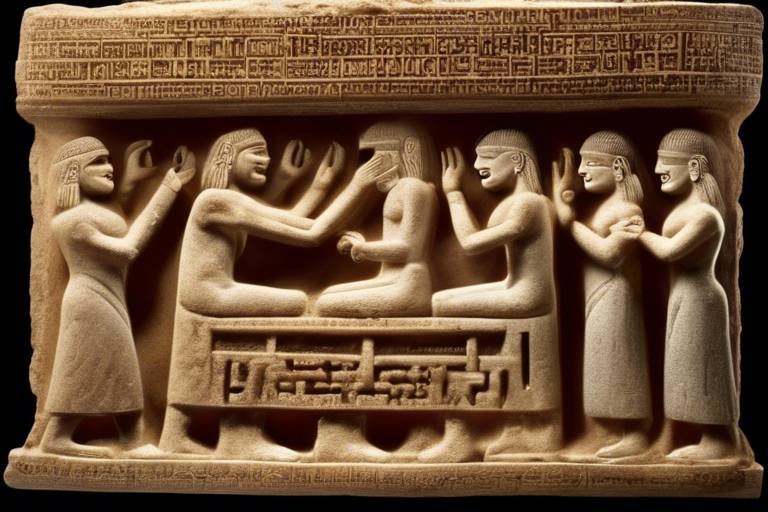The Impact of Cultural Heritage on Tourism Development
Cultural heritage plays a pivotal role in shaping the landscape of tourism development worldwide. Historical sites, monuments, and traditions serve as magnets for travelers seeking authentic experiences and a deeper connection to the past. By exploring and preserving cultural heritage, destinations can not only attract visitors but also contribute to the preservation of traditions and stimulate economic growth in local communities.
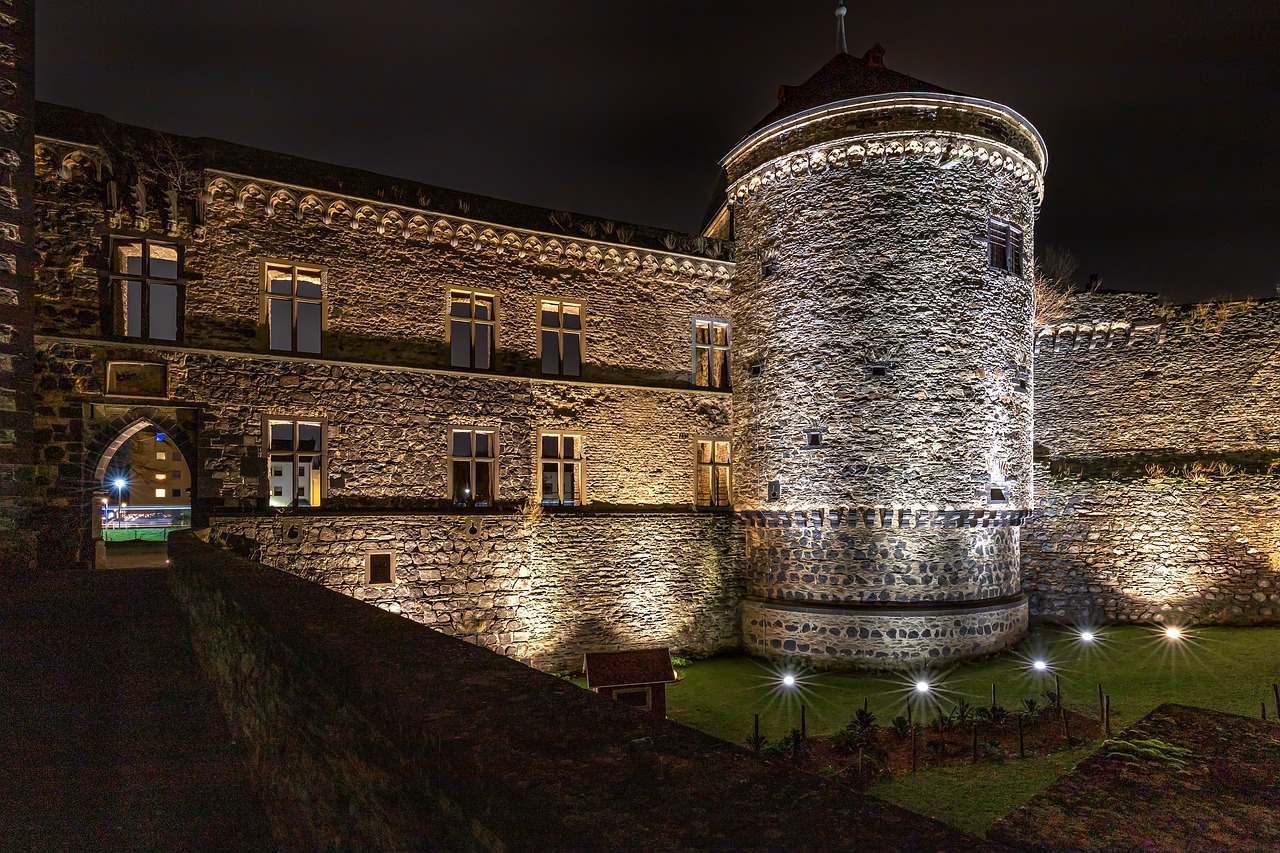
Preservation of Historical Sites
Preservation of historical sites is vital in maintaining the cultural identity and heritage of a region. These sites serve as a window to the past, offering valuable insights into the history and traditions of a community. By safeguarding historical landmarks, we not only protect our heritage but also create opportunities to attract tourists from around the world.
Historical sites hold significant cultural value, showcasing the architectural prowess, artistic achievements, and societal norms of bygone eras. Through preservation efforts, we can ensure that these treasures are passed down to future generations, allowing them to appreciate and learn from the rich tapestry of our history.
Moreover, the preservation of historical sites plays a crucial role in educating visitors about the cultural significance of these locations. By exploring these sites, tourists can immerse themselves in the stories and traditions of the past, gaining a deeper understanding of the cultural heritage that shapes our present-day society.
Efforts to preserve historical sites also contribute to the economic development of local communities. Tourists drawn to these sites bring revenue to the area, supporting local businesses and creating job opportunities. Additionally, the influx of visitors fosters a sense of pride and cultural appreciation among residents, further strengthening the community's ties to its heritage.
However, the task of preserving historical sites comes with its challenges. Environmental threats, such as natural disasters or climate change, pose risks to the integrity of these landmarks. Over-tourism can also strain the infrastructure and resources of a site, leading to potential damage and degradation. Balancing the need for preservation with the demands of tourism development requires careful planning and sustainable practices.
In conclusion, the preservation of historical sites is essential for safeguarding our cultural heritage, attracting tourists, and fostering economic growth in local communities. By recognizing the value of these sites and implementing effective conservation strategies, we can ensure that future generations continue to benefit from the legacy of our past.
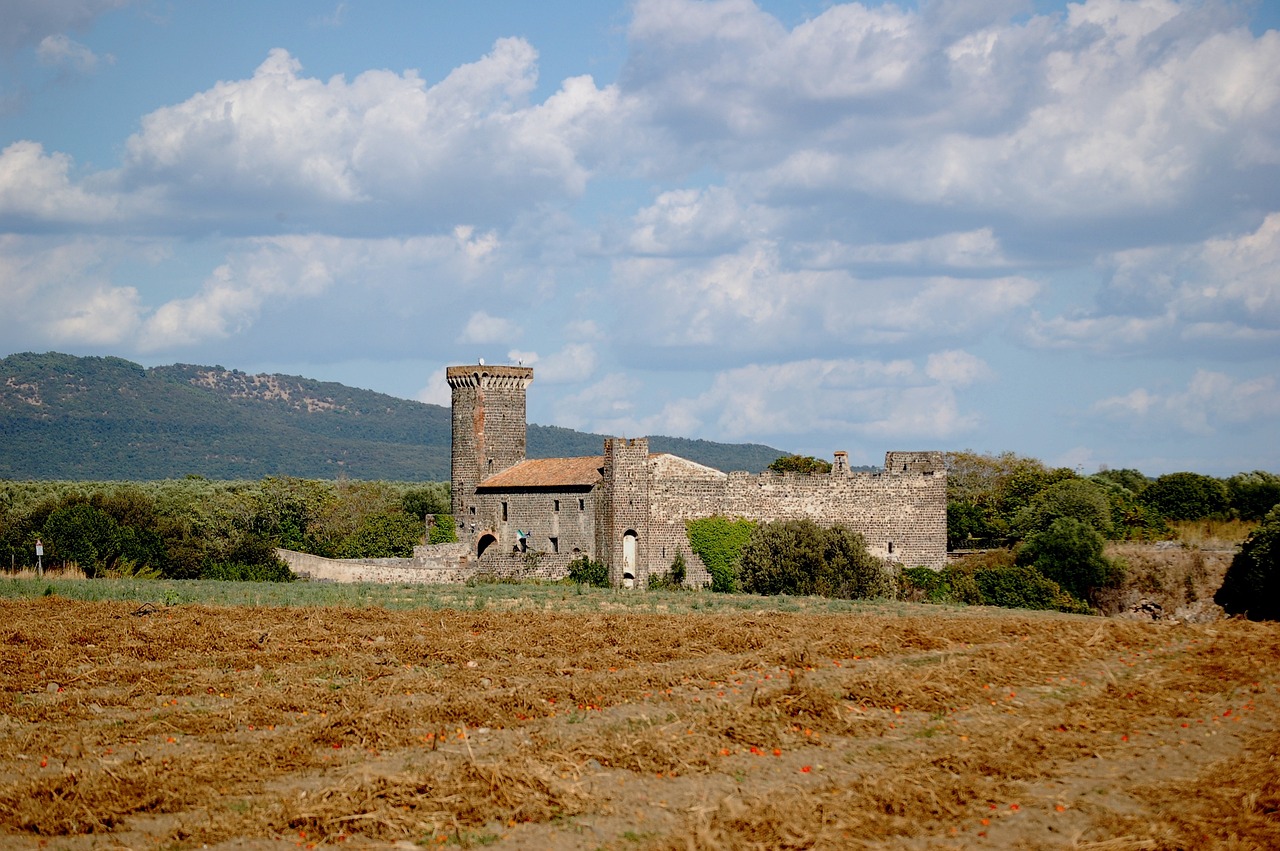
Cultural Tourism Trends
When it comes to cultural tourism trends, the landscape is constantly evolving to meet the demands of modern travelers seeking authentic experiences and a deeper connection with the destinations they visit. One prominent trend in cultural tourism is the shift towards experiential travel, where visitors actively engage with local traditions, crafts, and customs to gain a more profound understanding of the destination's cultural heritage.
Moreover, heritage tours have gained popularity as travelers seek to explore historical sites, museums, and archaeological wonders to delve into the rich history and stories behind these cultural landmarks. These tours offer a unique opportunity for visitors to immerse themselves in the past and appreciate the significance of preserving these heritage sites for future generations.
Another emerging trend in cultural tourism is the rise of cultural festivals that celebrate local traditions, music, dance, and cuisine. These festivals not only attract tourists but also provide a platform for communities to showcase their cultural identity and heritage, fostering a sense of pride and unity among residents.
Furthermore, the growing interest in sustainable travel practices has influenced cultural tourism trends, with an emphasis on responsible tourism that respects the environment, supports local communities, and preserves cultural heritage. Travelers are increasingly seeking meaningful experiences that contribute positively to the destinations they visit, promoting a more sustainable and ethical approach to tourism.
In conclusion, cultural tourism trends reflect a shift towards immersive, authentic, and sustainable travel experiences that celebrate local heritage, foster community engagement, and promote cultural exchange. By embracing these trends, destinations can attract a new generation of travelers eager to explore the world while preserving its diverse cultural heritage.
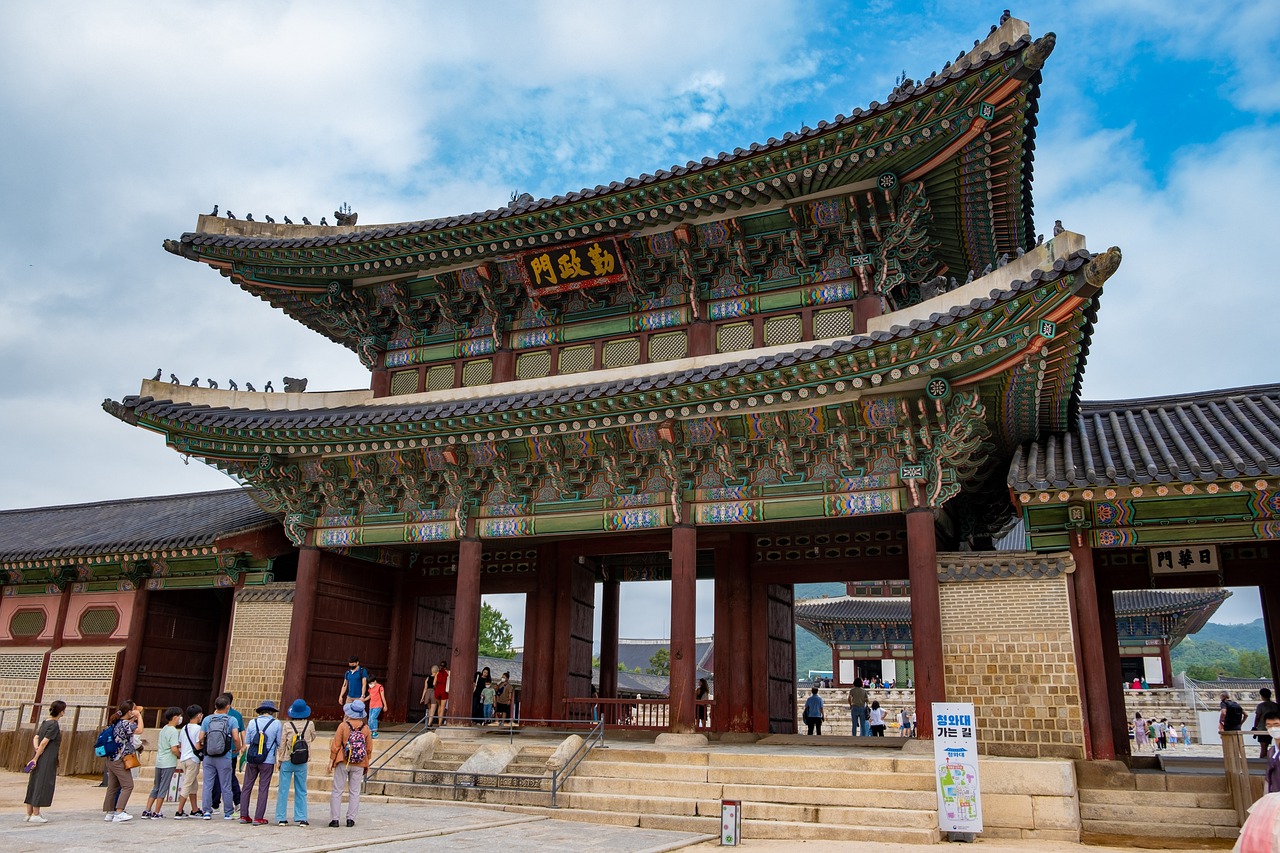
Community Involvement
Community involvement plays a crucial role in promoting and preserving cultural heritage sites, creating a sense of ownership and pride within local residents. When communities actively participate in the management and promotion of these sites, it fosters a deeper connection between the people and their heritage, leading to sustainable tourism development.
Engaging local communities in the decision-making process regarding cultural heritage sites ensures that their voices are heard, and their traditions are respected. This collaborative approach not only enriches the visitor experience but also empowers residents to become ambassadors for their own culture, sharing authentic stories and traditions with visitors.
Community-based tourism initiatives, where local residents offer guided tours, workshops, and cultural performances, provide economic opportunities for community members while preserving and promoting their heritage. By involving the community in tourism activities, it creates a sense of responsibility and stewardship towards the cultural assets, ensuring their long-term sustainability.
Furthermore, community involvement in cultural heritage preservation can help address social issues, promote intercultural dialogue, and bridge generational gaps by passing down traditional knowledge and practices to future generations. Through education and awareness programs organized by local communities, visitors gain a deeper understanding and appreciation of the cultural significance of heritage sites.
In essence, community involvement is not just about attracting tourists but about building a sense of pride, identity, and belonging among local residents. When communities are actively engaged in the preservation and promotion of their cultural heritage, it creates a win-win situation where both visitors and residents benefit from the rich tapestry of traditions and stories that these sites hold.
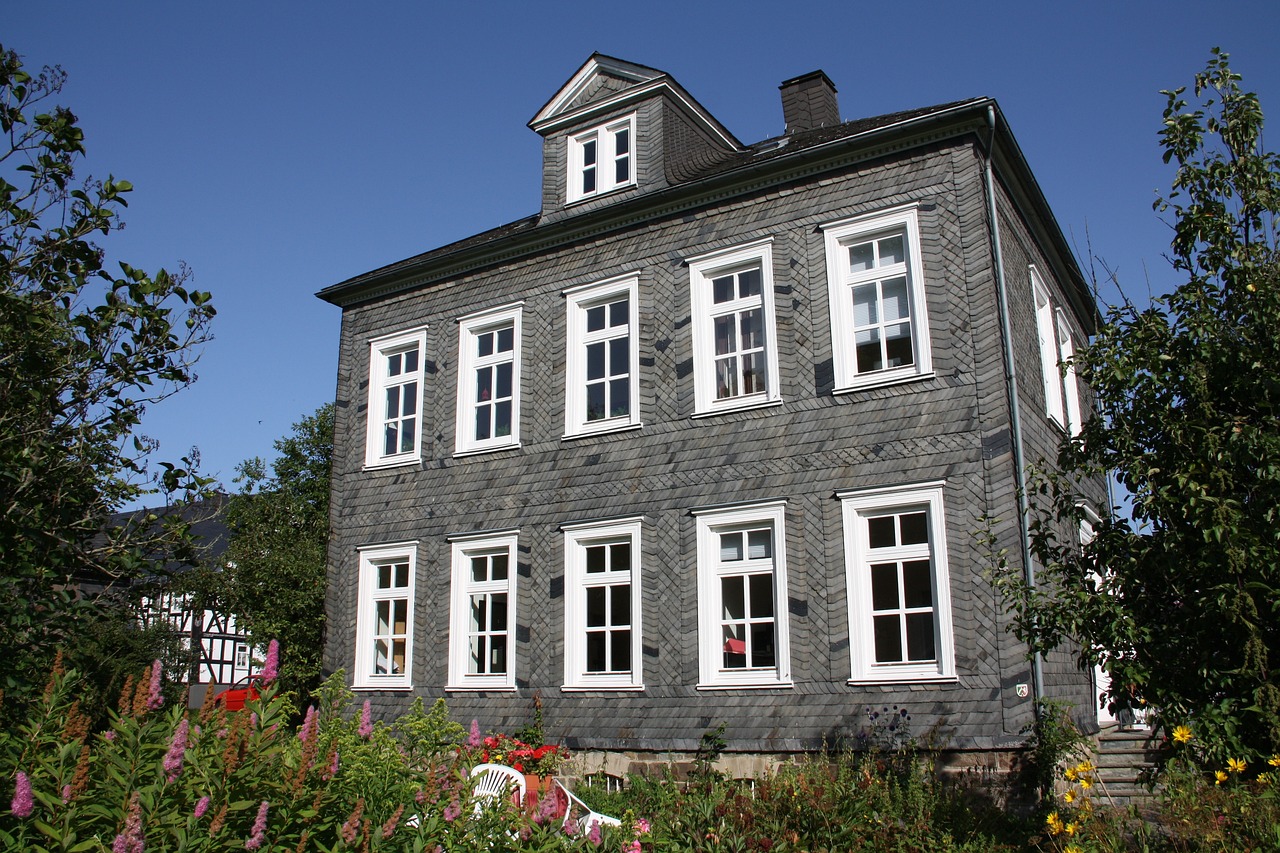
Heritage Conservation Challenges
Preserving cultural heritage sites poses numerous challenges that require careful consideration and strategic planning. One of the primary challenges is the threat of environmental damage caused by increasing visitor numbers and inadequate infrastructure. The delicate balance between conservation efforts and accommodating tourists while ensuring the site's integrity is a complex task that demands innovative solutions.
Another significant challenge in heritage conservation is the issue of over-tourism, where popular sites become overcrowded, leading to degradation of the environment and negative impacts on the local community. Managing visitor flow, implementing visitor caps, and diversifying tourism offerings are essential strategies to mitigate the adverse effects of over-tourism on cultural sites.
Lack of funding is a common obstacle in preserving cultural heritage, as maintenance and restoration projects require substantial financial resources. Securing sustainable funding sources through public-private partnerships, grants, and donations is crucial for the long-term preservation of historical landmarks and cultural sites.
Furthermore, striking a balance between preserving the authenticity and historical significance of heritage sites while accommodating the needs of modern tourists can be a complex challenge. Integrating innovative technologies and interactive experiences without compromising the site's cultural integrity is a delicate balance that heritage conservationists must navigate.
In conclusion, addressing heritage conservation challenges requires a multi-faceted approach that involves collaboration between stakeholders, innovative conservation strategies, sustainable funding mechanisms, and a deep commitment to preserving the cultural legacy for future generations.

Impact on Local Economies
When it comes to the impact of cultural heritage on local economies, the benefits are vast and significant. Cultural heritage tourism plays a crucial role in driving economic growth in communities by creating job opportunities, generating revenue, and fostering the development of supporting industries. Visitors who are drawn to cultural heritage sites contribute to the local economy through spending on accommodations, dining, transportation, and souvenirs, thereby stimulating various sectors.
Moreover, the presence of cultural heritage sites can lead to the revitalization of surrounding areas, attracting investments for infrastructure development and the establishment of new businesses catering to the tourism sector. This influx of economic activity not only benefits the local community directly but also indirectly through increased property values and enhanced quality of life for residents.
One of the key aspects of the economic impact of cultural heritage tourism is its ability to create sustainable growth. By preserving and promoting cultural heritage sites, communities can ensure a steady flow of tourists, maintaining a stable source of income over the long term. This sustainable approach to tourism helps in diversifying the local economy and reducing dependency on seasonal or volatile industries.
Furthermore, cultural heritage tourism can act as a catalyst for cultural exchange and understanding, fostering connections between visitors and local communities. This interaction can lead to the exchange of ideas, traditions, and practices, enriching the cultural fabric of the destination and creating opportunities for collaboration and mutual benefit.

Sustainable Tourism Practices
Sustainable tourism practices play a crucial role in ensuring the long-term preservation of cultural heritage sites while also benefiting local communities and the environment. By implementing sustainable tourism strategies, destinations can minimize their ecological footprint and promote responsible travel practices.
One key aspect of sustainable tourism is the promotion of conservation efforts to protect the authenticity and integrity of cultural heritage sites. This can involve implementing visitor limits, establishing designated paths to prevent damage to fragile areas, and educating tourists about the importance of respecting the environment and local traditions.
In addition, sustainable tourism practices focus on supporting the local economy and community development. By engaging with local businesses, promoting traditional crafts and cuisine, and involving community members in tourism initiatives, destinations can ensure that economic benefits are distributed equitably and contribute to the overall well-being of residents.
Furthermore, sustainable tourism emphasizes the need for responsible waste management, energy conservation, and water usage to minimize the environmental impact of tourism activities. Implementing eco-friendly practices, such as recycling programs, energy-efficient infrastructure, and water-saving measures, can help preserve the natural beauty and cultural heritage of a destination for future generations.
Overall, sustainable tourism practices are essential for balancing the economic benefits of cultural heritage tourism with the need for environmental protection and social responsibility. By adopting sustainable approaches, destinations can create a positive impact on both visitors and local communities, ensuring the long-term viability of cultural heritage sites for generations to come.
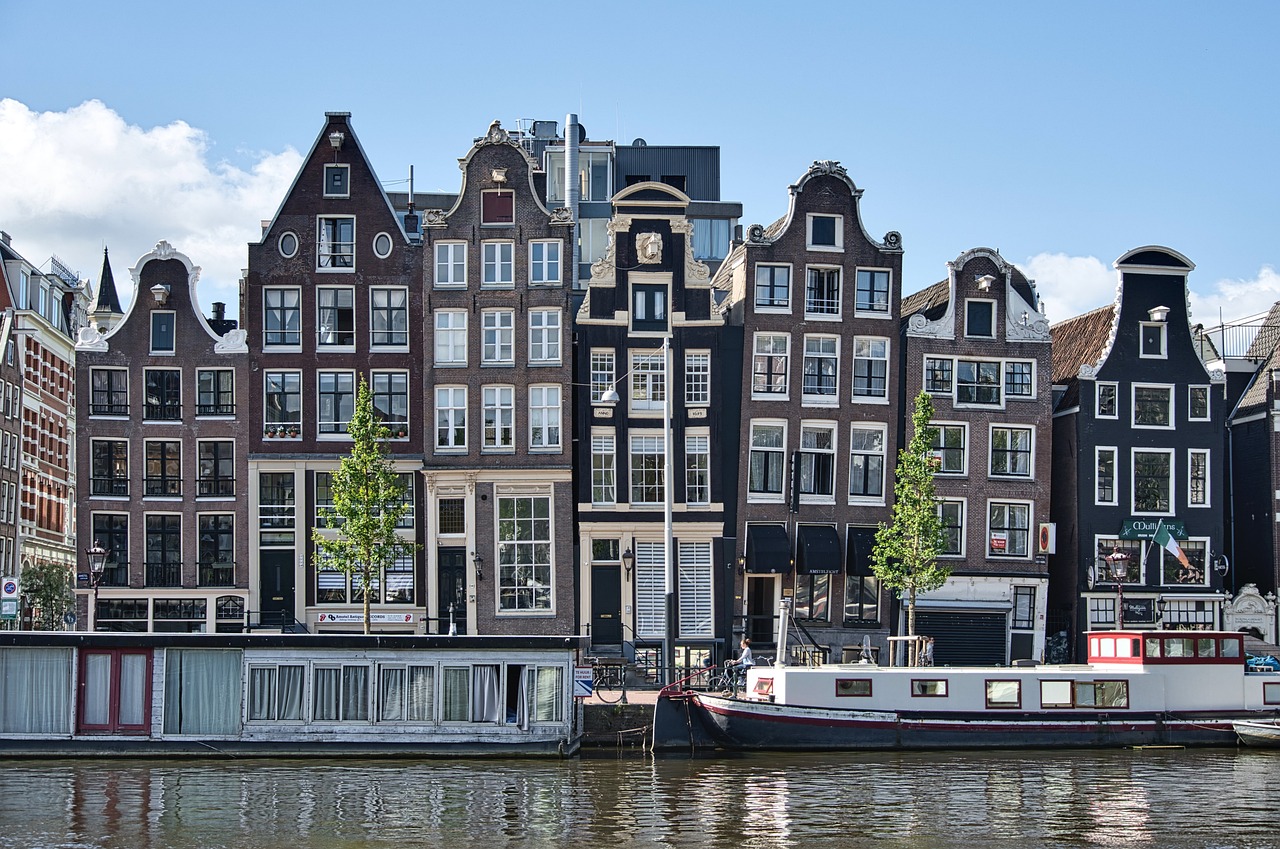
Marketing Cultural Destinations
Marketing cultural destinations plays a crucial role in attracting tourists and promoting the unique heritage of a region. Effective marketing strategies can showcase the cultural richness and historical significance of a destination, enticing visitors to explore and experience the local traditions. Digital marketing has become increasingly important in reaching a global audience, utilizing social media platforms, website promotions, and online advertising to create awareness about cultural attractions.
Collaborating with travel agencies and tour operators can also enhance the visibility of cultural destinations, as they can include these sites in their itineraries and packages. Partnering with influencers and bloggers who specialize in cultural tourism can further amplify the reach and appeal of these destinations to their followers. By leveraging the power of storytelling and visual content, marketing efforts can create a compelling narrative that resonates with potential visitors.
Organizing cultural events and festivals can serve as promotional opportunities to showcase the vibrancy and diversity of a destination's heritage. These events not only attract tourists during specific periods but also create ongoing interest and engagement throughout the year. Additionally, participating in travel fairs, trade shows, and cultural exhibitions can provide exposure to a wider audience and establish partnerships with travel industry professionals.
Utilizing technology to market cultural destinations is also essential in today's digital age. Virtual reality tours, mobile apps, and interactive exhibits can offer immersive experiences that engage and educate visitors about the historical and cultural significance of a site. These technological advancements enhance the visitor experience and create memorable moments that encourage repeat visits and positive word-of-mouth recommendations.

Technology and Cultural Heritage
Technology plays a crucial role in enhancing the visitor experience and promoting cultural heritage sites. With the advancement of technology, cultural heritage sites can now be accessed and explored in innovative ways. Virtual reality tours, for example, allow visitors to immerse themselves in the history and significance of a site without physically being there. These virtual experiences provide a new dimension to cultural tourism, making it more engaging and interactive.
Mobile apps are another technological tool that can enrich the visitor experience at cultural heritage sites. These apps can provide detailed information about the history, architecture, and cultural significance of the site, allowing visitors to deepen their understanding and appreciation. Additionally, interactive exhibits, powered by technology, offer a hands-on approach to learning about cultural heritage, making the experience more memorable and educational.
Furthermore, technology can help in the preservation and conservation of cultural heritage. Digital documentation techniques, such as 3D scanning and imaging, can create detailed records of historical sites, ensuring their preservation for future generations. By digitizing cultural heritage, these sites can be safeguarded against natural disasters, deterioration, and human threats.
Frequently Asked Questions
- What is cultural heritage tourism?
Cultural heritage tourism involves visiting historical and cultural sites to learn about the traditions, history, and values of a particular community or region. It focuses on preserving and experiencing the unique aspects of a place's heritage.
- How does cultural heritage tourism benefit local communities?
Cultural heritage tourism can have a positive impact on local economies by creating job opportunities, generating revenue for businesses, and supporting the development of infrastructure and services in the area. It also helps in preserving traditions and promoting cultural exchange.
- What are the challenges faced in preserving cultural heritage sites?
Preserving cultural heritage sites can be challenging due to factors like environmental degradation, the effects of mass tourism, limited funding for conservation efforts, and the need to strike a balance between tourism development and heritage preservation.
- How can technology enhance the visitor experience at cultural heritage sites?
Technology plays a significant role in enhancing the visitor experience at cultural heritage sites through tools like virtual reality tours, mobile apps providing historical information, and interactive exhibits that engage visitors in a more immersive and educational way.









